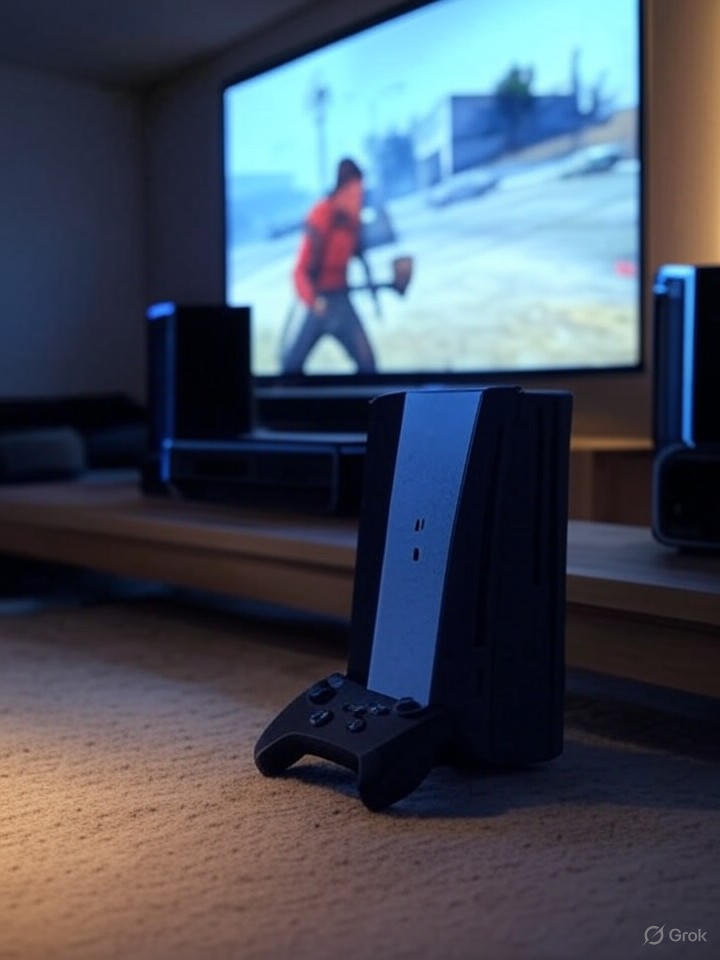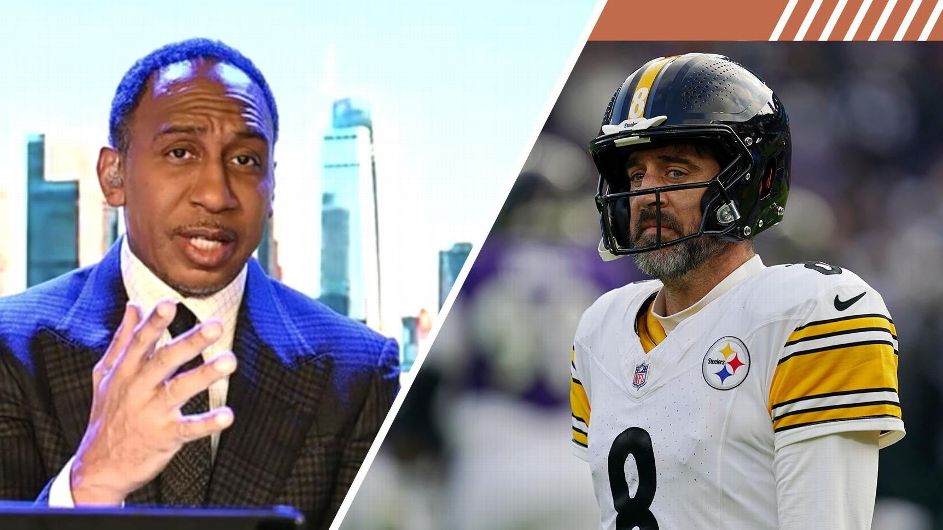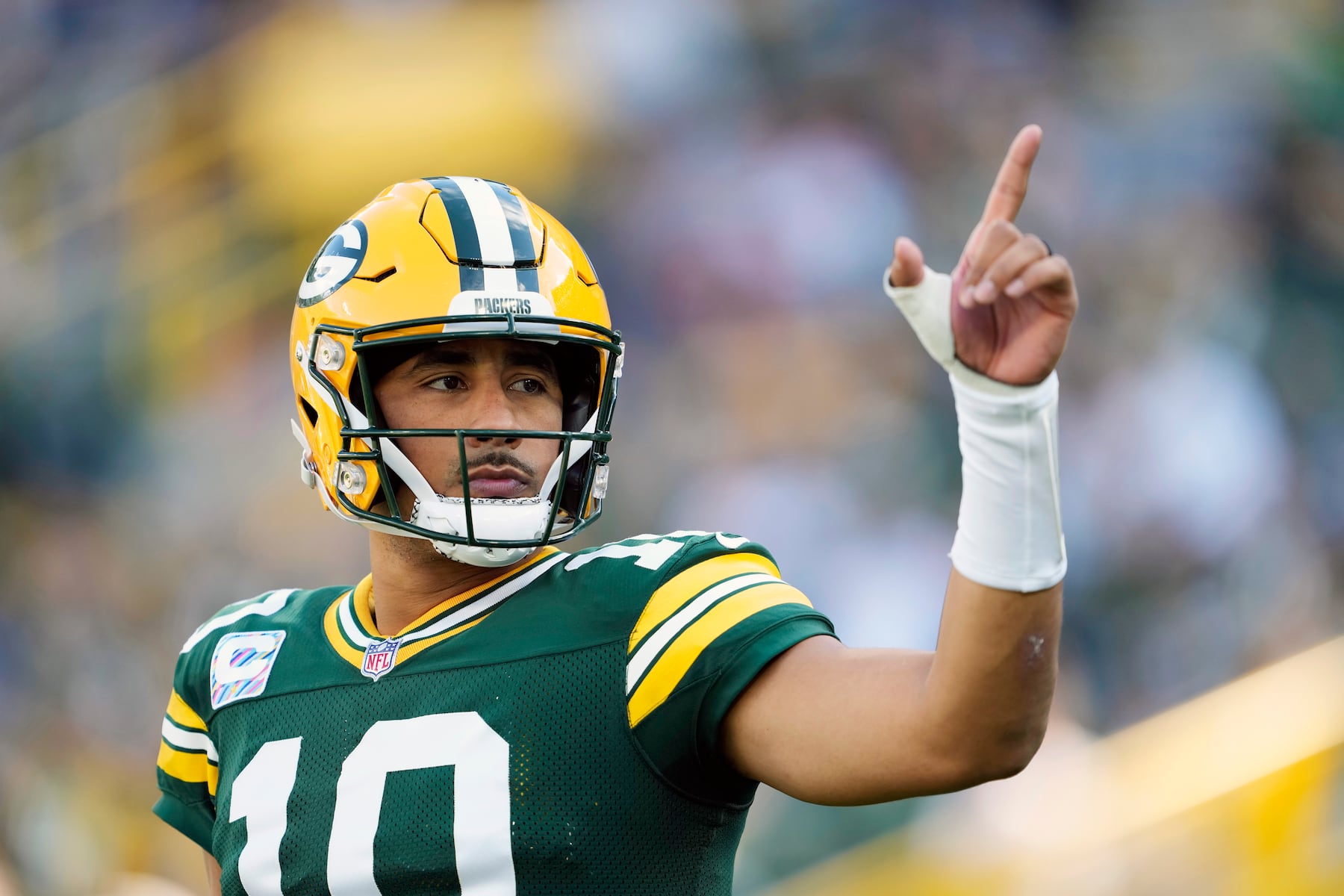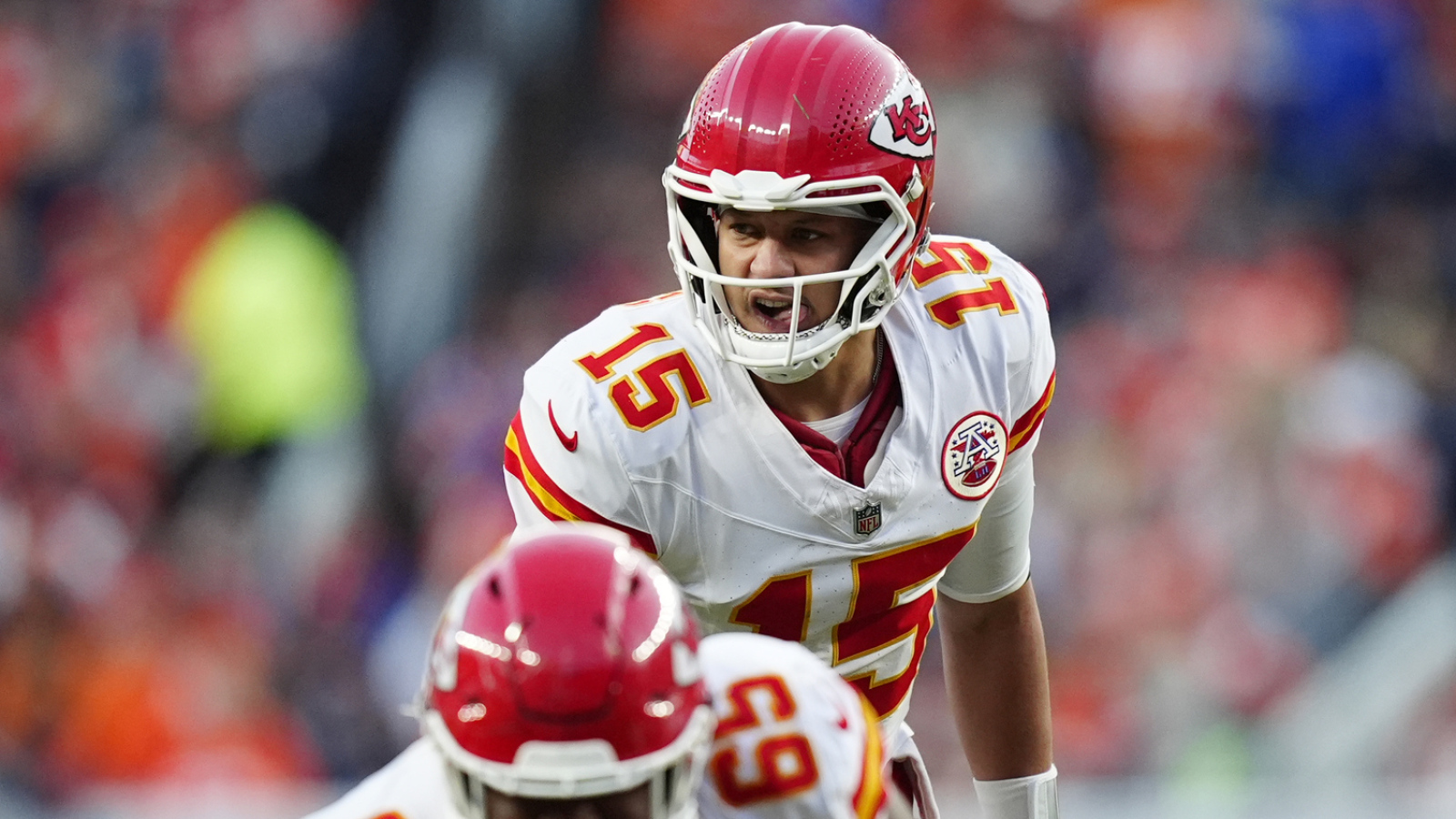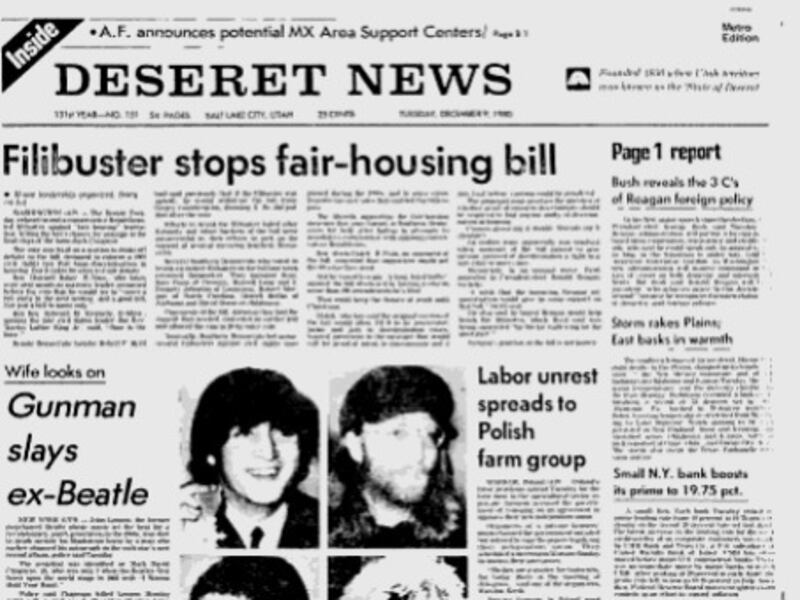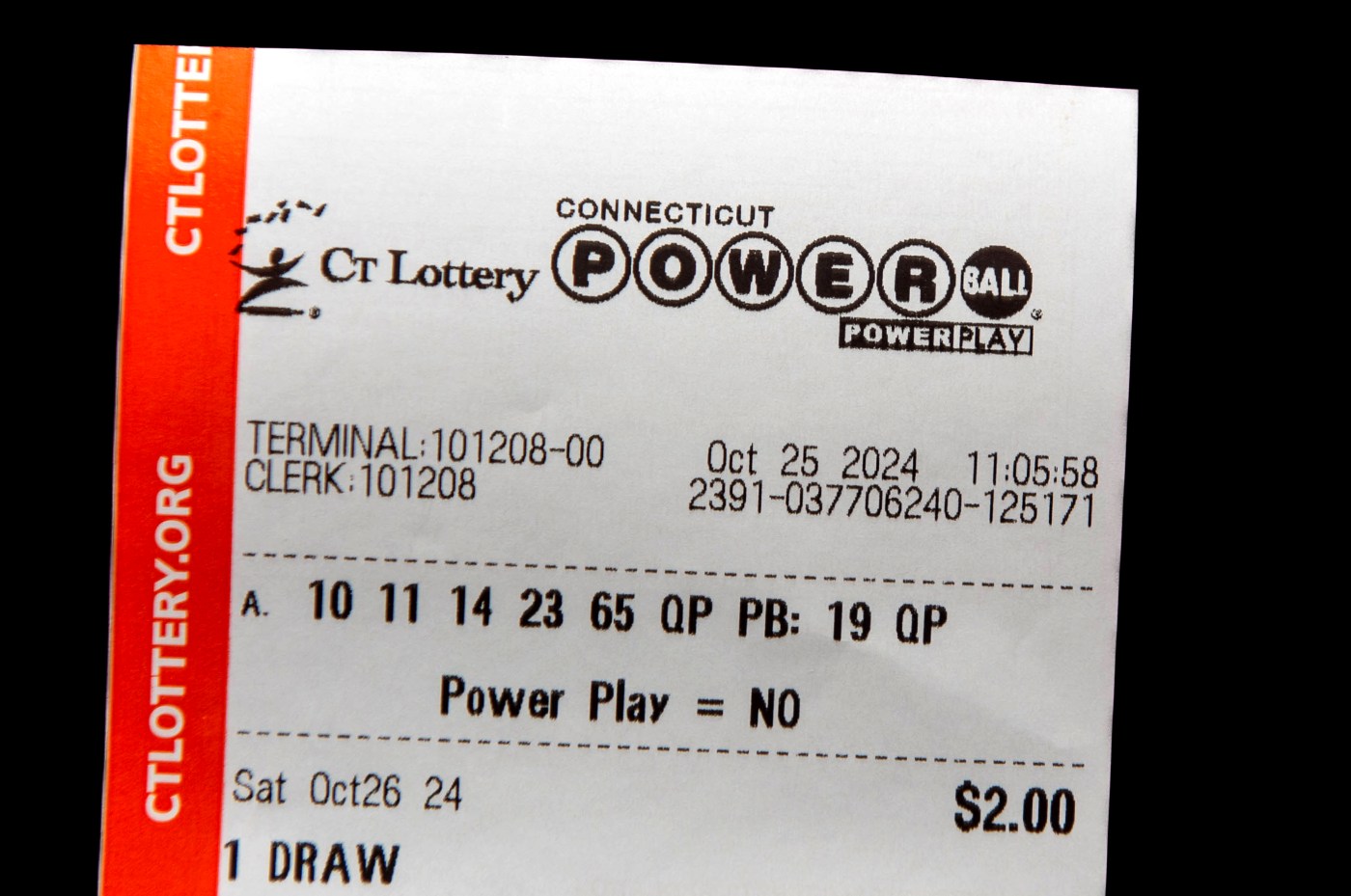YouTube has announced a significant policy update that will impose stricter age restrictions on gaming content featuring graphic violence, effective November 17, 2023. This decision coincides with the growing anticipation for Rockstar Games’ highly anticipated title, Grand Theft Auto 6, known for its intense and often controversial portrayal of crime and violence. The revised policy aims to align more closely with industry standards regarding mature content, particularly focusing on scenes depicting torture or mass violence against non-combatants.
Under the new guidelines, YouTube will enforce age restrictions on videos showcasing what it describes as “graphic gaming content.” This includes depictions of violence that exceed typical combat scenarios. The change marks a notable shift from previous policies that, as of 2019, had relaxed restrictions on simulated violence in video games. That earlier update allowed more content to be published without age gates, equating scripted violence in games to that in films or television shows. Now, YouTube emphasizes its responsibility to protect younger audiences from potentially disturbing material.
Shifting Policies in Response to Industry Trends
YouTube’s approach to violent content has historically balanced creator freedom with community safety. The 2019 policy change was seen as a victory for gamers who argued for the artistic merit of video games. However, with increasing scrutiny on child safety and content moderation across digital platforms, the latest policy adjustment reflects a growing concern regarding the type of material accessible to younger viewers.
Users on social media platforms, such as X, have expressed concerns about potential retroactive effects on existing videos, particularly those tied to the upcoming launch of GTA 6. Rod Breslau, a prominent gaming insider, highlighted that the update’s focus on graphic violence could impact “every GTA6 release day video.” YouTube’s support documentation clarifies that age restrictions will apply to content featuring realistic scenes of torture or dismemberment. While a distinction remains between dramatized violence with real actors and animated content, the threshold for what constitutes acceptable gaming material has been raised.
This policy shift occurs alongside broader industry trends. Platforms like Twitch and Roblox are implementing new age-verification systems to comply with emerging regulations. These changes reflect a collective effort to prioritize child safety in gaming environments.
Implications for Content Creators and the Gaming Community
For creators, this updated policy could lead to significant challenges, including potential demonetization and reduced visibility for age-restricted videos. Content that receives age restrictions is often excluded from recommendations and certain advertising formats. Reports from Eurogamer in 2023 indicated that similar updates had previously led to retroactive restrictions, frustrating many YouTubers. One creator, Josh Otten, lamented that his VR video was age-restricted due to violence involving hacking cyber-limbs, which he deemed unfair.
Reactions from the gaming community on X have been swift, with many expressing fears of excessive censorship. A user known as Voyagers Revenge warned that “gaming content on YouTube is being censored even more,” directly referencing the approaching enforcement date. This concern echoes broader debates about how digital platforms moderate user-generated content, especially in a landscape where gaming streams contribute billions in revenue.
Beyond individual creators, the new policy has implications for the rapidly growing sectors of esports and live streaming. In 2019, Polygon reported that previous relaxations in restrictions fostered a vibrant gaming scene on YouTube. With stricter rules now in place, developers like Rockstar may need to rethink their promotional strategies for titles such as GTA 6, which has already ignited discussions around its mature themes.
The timing of this announcement, just ahead of GTA 6’s expected release, has led to speculation that YouTube is proactively managing the anticipated influx of violent gameplay clips. The franchise has a history of pushing boundaries, facing bans and lawsuits over its portrayals of violence. Industry insiders interpret this move as part of a broader initiative towards responsible content distribution.
According to a piece from Variety, YouTube is implementing AI-based age-estimation models in the U.S. that automatically restrict access for users identified as under 18. This technology could further enhance the enforcement of the new violence policy, using machine learning to flag graphic scenes from games.
The dual focus of the policy also includes banning links to gambling sites related to digital goods, such as skin betting in games like Counter-Strike. This comprehensive approach aims to mitigate real-world harms, although critics argue it risks stifling creative expression within the gaming community.
Broader Context and Future Considerations
The update aligns with a global trend of increasing regulatory oversight on online platforms. As governments introduce age-verification laws, including proposals from New York aimed at combating addictive feeds for minors, YouTube’s proactive measures may set a precedent for competitors like Twitch. Some creators are already adapting by shifting to platforms with looser guidelines.
While the policy updates apply to various content types, the new rules may disproportionately affect genres that heavily feature violence, such as action-adventure and shooters. Experts predict that this could influence game development trends, potentially encouraging developers to create less violent content to ensure shareability across platforms.
As the gaming landscape continues to evolve, YouTube’s policy change highlights the ongoing tension between regulation and creative freedom. With over 2 billion logged-in users each month, the impact of these decisions reverberates globally. Gaming influencers are exploring strategies to comply, such as editing out graphic segments or including disclaimers in their videos.
Ultimately, while YouTube underscores its commitment to safer viewing experiences, the implications for its creative community remain a topic of discussion. As the release of GTA 6 approaches, the industry will closely monitor how these restrictions affect content production and the dynamics of gaming culture. Will they effectively curb harmful content or hinder the organic excitement that fuels the gaming experience?

